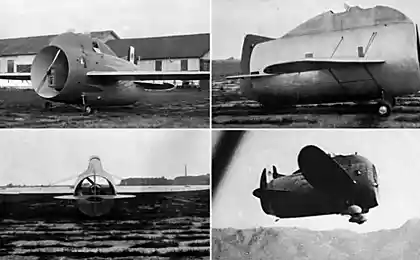1654
Aircraft of the future of NASA
In recent years, several companies have been developing new models of aircraft on request of the National Department of Aeronautics and Space Administration. Your attention examples of projects.
Projects that may appear in the sky in a few years, focused on reducing fuel consumption by almost half, and almost 2/3 of harmful emissions and significantly lower noise.
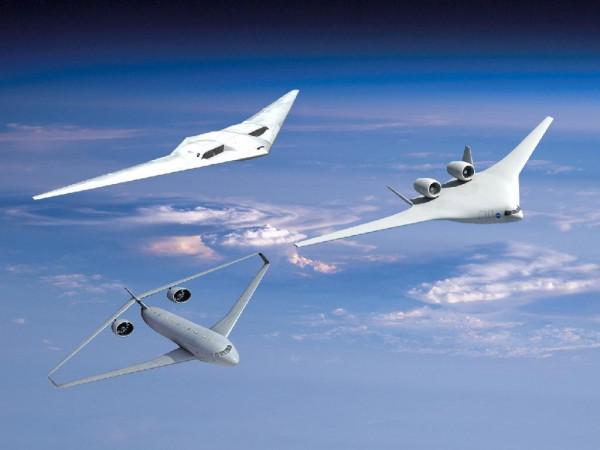
The concept of the company «Lockheed Martin» offers an unusual wing design of lightweight composite materials. The special design enables better control of air flow.

The second concept of the same company focused on creating new passenger supersonic aircraft, the shape of which neutralizes the maximum sound shockwave and reduces air drag.

And another development «Lockheed Martin» - the concept of a supersonic aircraft with an inverted V-shaped arc of the four engines. Significant reduction in sonic shock wave.

«Boeing» proposes the use of a mixed design "flying wing", with the placement of two turbojet engines in the rear. The idea is taken from the legendary X-48.

The concept «Northrop Grumman», four engines «Rolls Royce» located on top of the wings.
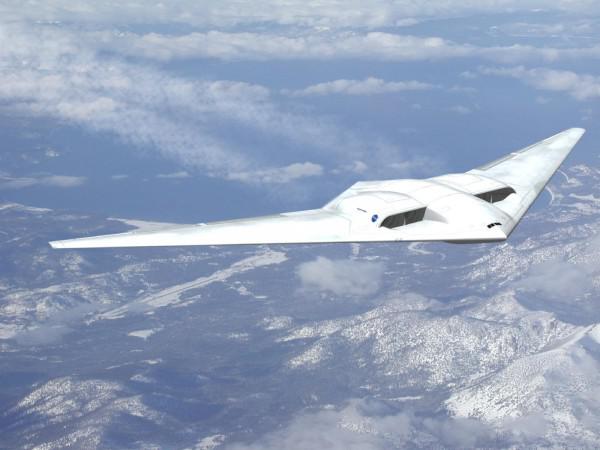
The second project of the company is effective to fly over densely populated areas, thanks to the low noise.

This concept was developed jointly by NASA scientists and employees of several universities. The idea of connecting the wing to the tail should significantly reduce fuel consumption and enhance the manageability of the aircraft and reduce resistance.
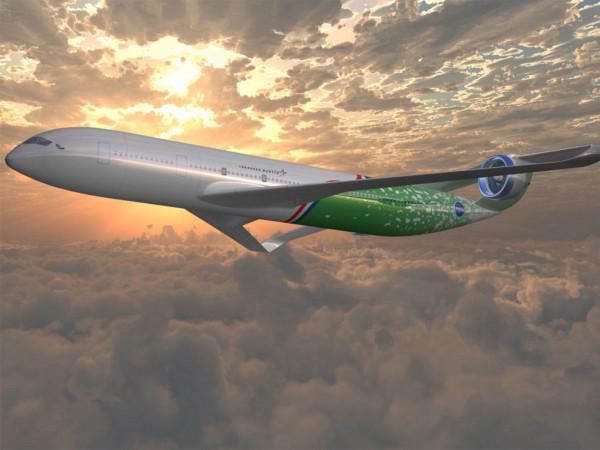
Another joint project «AMELIA» with California Polytechnic University with the help of hybrid wing allow the aircraft to reduce the distance required for takeoff and landing.

Subsonic aircraft «SUGAR» - the project «Boeing» and designers of the company «Volt». It's a real airplane of the future, and in reality we can see no earlier than 2030 year. He is able to fly without refueling for nearly six and a half thousand kilometers with a 154-name people on board. The thing is a twin-engine hybrid power plant with gas turbines and electric motors with solar panels.
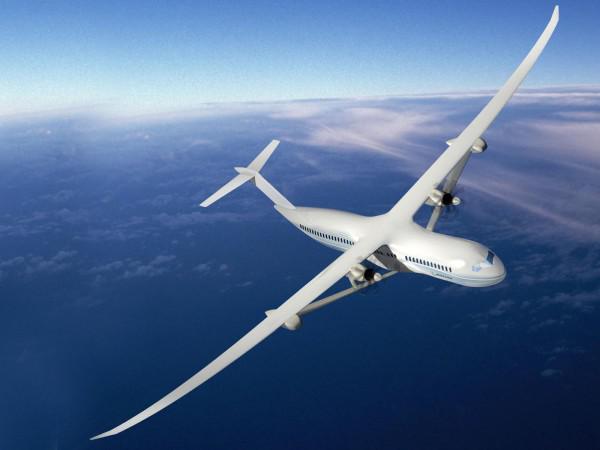
D8 «double bubble" - the idea of scientists at the Massachusetts Institute of Technology. The wide fuselage increases the load capacity and low-lying swept wings reduce drag and weight. Engines are built into the stern of the aircraft.

Another project «H-series» Massachusetts - aircraft capable to fly more than 14 thousand kilometers with a 354-name people on board. He has a similarity with the Boeing 777 fuselage width.
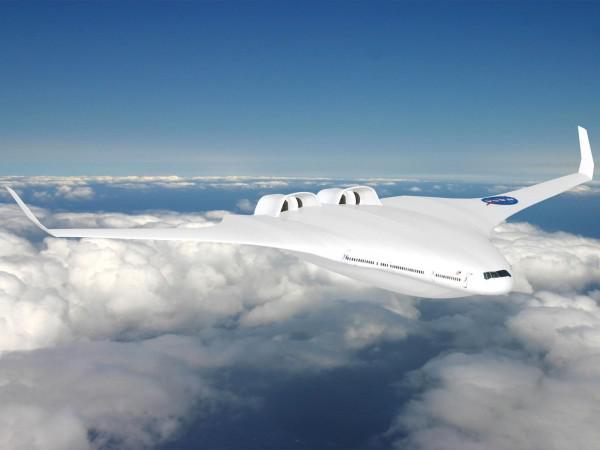
«GE Aviation» develop aircraft that for the same power rating as that of counterparts, significantly easier and Aerodynamic. The project will also be implemented no earlier than 2030.

Projects that may appear in the sky in a few years, focused on reducing fuel consumption by almost half, and almost 2/3 of harmful emissions and significantly lower noise.

The concept of the company «Lockheed Martin» offers an unusual wing design of lightweight composite materials. The special design enables better control of air flow.

The second concept of the same company focused on creating new passenger supersonic aircraft, the shape of which neutralizes the maximum sound shockwave and reduces air drag.

And another development «Lockheed Martin» - the concept of a supersonic aircraft with an inverted V-shaped arc of the four engines. Significant reduction in sonic shock wave.

«Boeing» proposes the use of a mixed design "flying wing", with the placement of two turbojet engines in the rear. The idea is taken from the legendary X-48.

The concept «Northrop Grumman», four engines «Rolls Royce» located on top of the wings.

The second project of the company is effective to fly over densely populated areas, thanks to the low noise.

This concept was developed jointly by NASA scientists and employees of several universities. The idea of connecting the wing to the tail should significantly reduce fuel consumption and enhance the manageability of the aircraft and reduce resistance.

Another joint project «AMELIA» with California Polytechnic University with the help of hybrid wing allow the aircraft to reduce the distance required for takeoff and landing.

Subsonic aircraft «SUGAR» - the project «Boeing» and designers of the company «Volt». It's a real airplane of the future, and in reality we can see no earlier than 2030 year. He is able to fly without refueling for nearly six and a half thousand kilometers with a 154-name people on board. The thing is a twin-engine hybrid power plant with gas turbines and electric motors with solar panels.

D8 «double bubble" - the idea of scientists at the Massachusetts Institute of Technology. The wide fuselage increases the load capacity and low-lying swept wings reduce drag and weight. Engines are built into the stern of the aircraft.

Another project «H-series» Massachusetts - aircraft capable to fly more than 14 thousand kilometers with a 354-name people on board. He has a similarity with the Boeing 777 fuselage width.

«GE Aviation» develop aircraft that for the same power rating as that of counterparts, significantly easier and Aerodynamic. The project will also be implemented no earlier than 2030.

